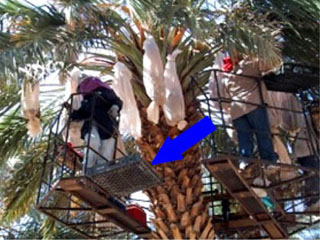Ralph and I planned this trip for a couple of reasons.
Firstly we had timeshare points to use. A dishwasher and no
beds to make!
Secondly we planned to stay in Surrey for the winter so
wanted some heat and sunshine beforehand.
Our time in Indio was leisurely and relaxing. We explored
new places but also had quiet time.
Our next destination was Sedona Arizona. In January 2014 we
spent time in that area and knew there was so much more to see and do. Our
blogs #13, #14 and #15 cover our experiences at that time. Now it was time for
more explorations.
When possible we take a city tour to get acquainted with an
area. This time it was Red Rock Magic Trolley. The red rocks defy description.
Around every turn is another spectacular view.
Even the roadside is beautiful.
Many celebrities have built homes in Sedona. Note the mannequin of Lucille Ball complete with her trademark red
hair.
Chapel of the Holy Cross is always worth a visit.
The city building code restricts the architecture, height
and colour of all buildings in order to maintain the continuity of the view.
Even McDonald’s had to change the colour of the M.
Sunsets are never ending as shadows move across the valley.
Jet trails are a small reminder that the rest of the
world is out there somewhere but we are immersed in the beauty of nature.
































